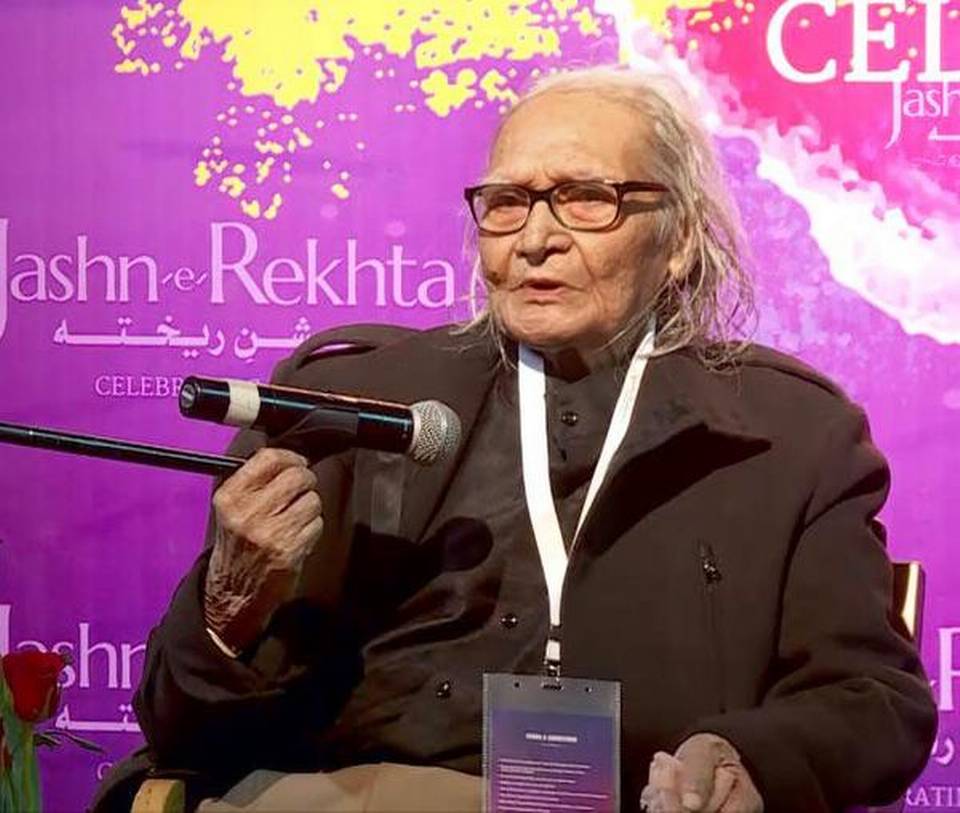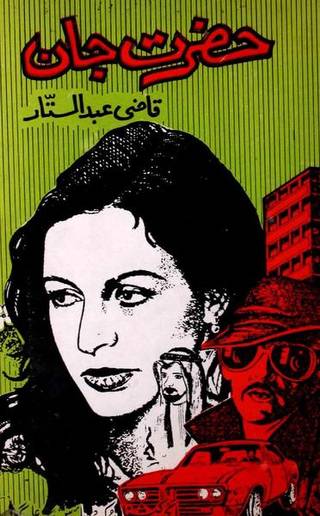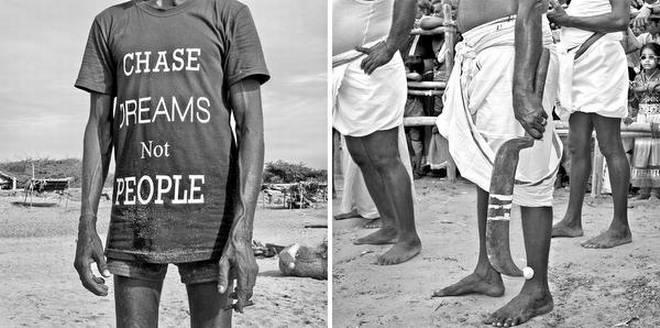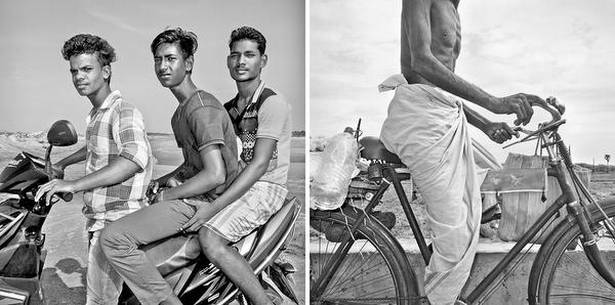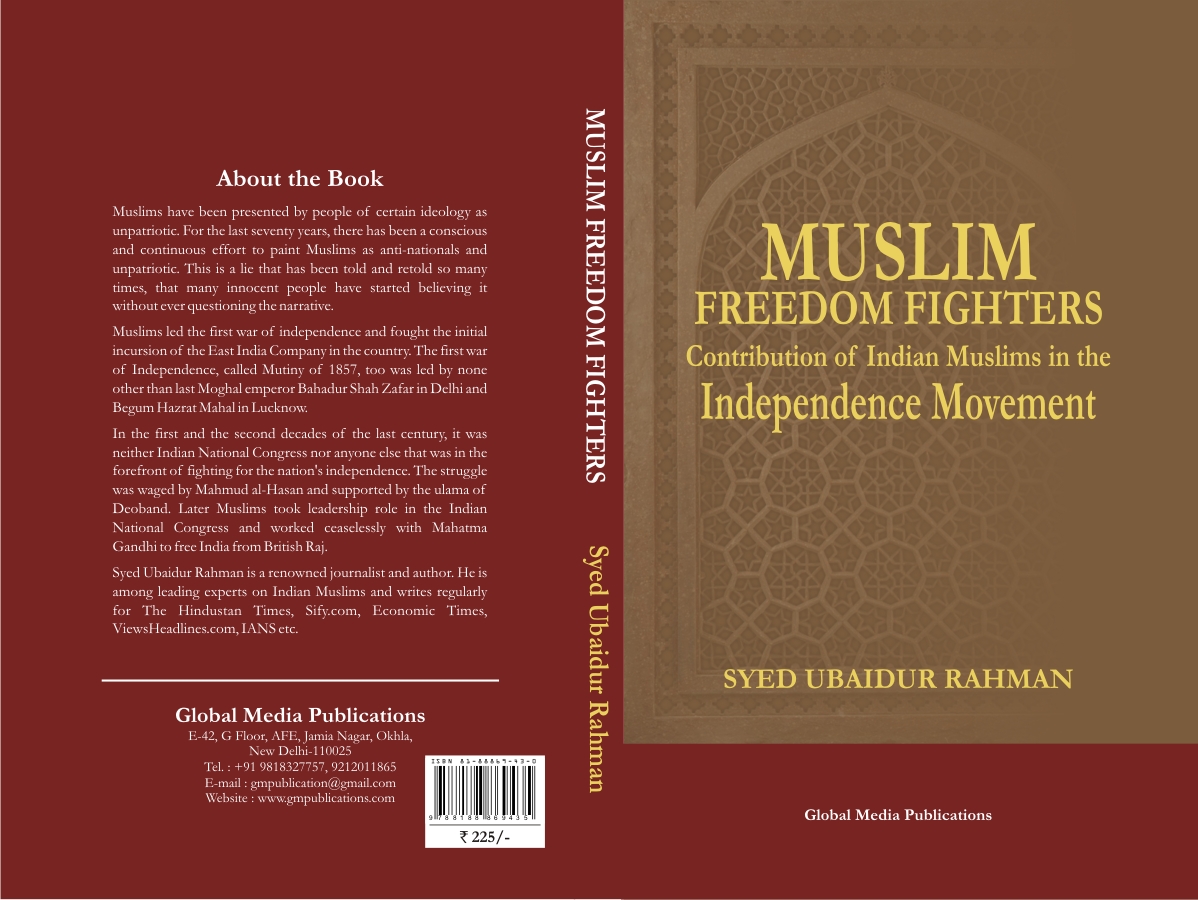ASSAM:
_and_Baharul_Islam_Barbhuyan_(right0.webp)
Guwahati
Assam’s Nazneen Yasmin and Dr. Baharul Islam Barbhuyan are among the scientists who contributed to making the ISRO’s Chandrayaan-3 land on the South Pole of the Moon.
Nazneen Yasmin, who is from a middle-class family of central Assam’s Nagaon district joined the ISRO after cracking the toughest selection test two years ago. The young scientist has been involved in radar tracking in the launch department of ISRO for more than a year.
But the journey was not easy for Nazeen Yasmin. While she was on maternity leave for her firstborn about six months ago, she was recalled for crucial operations at least twice and she took her child along.
Despite facing the challenges of married life and the post-pregnancy phase Nazeen was very passionate about the Chandrayyan-3. Many a time, Nazeen worked from home by keeping her baby in her lap.
Naznin Yasmin, daughter of Abul Kalam Azad and Manzila Begum of Maherpar near Juria in the remote Nagaon district received her appointment letter as a scientist at the ISRO headquarters in Swar Sriharikotha, Andhra Pradesh around two years back.
Naznin Yasmin received her primary education at Nuruddin Furkania JB School, Juria in Nagaon district in central Assam. She performed brilliant results in the matriculation or Class X final exam from Kadamani Town High School in 2007. She passed the Class XII exam from Alphabita Science Junior College in 2009 with letter marks in several subjects in the science stream. She later obtained her B.Tech in Electronics from NITS Mirza College, Guwahati in 2013 and her M.Tech in First Division from Tezpur University.
Along with working in various private scientific institutions, Nazneen passed the National Eligibility Examination under the University Grants Commission in 2018 and also qualified for the Junior Research Fellowship of the Government of India.
Nazneen Yasmin, who had dreamed of becoming a scientist since childhood, said she was inspired by the success of India’s first female astronaut Kalpana Chawla. She urges the younger generation not to think of themselves as weak and prepare themselves to get a place in the leading institutions of the country through hard work.
Also, Nazneen was inspired by the life and work of former President Dr. APJ Abbul Kalam, who came from a family with modest means, a family source said.
On the other hand, Dr. Baharul Islam Barbhuiyan of south Assam’s Hailakandi has proved that all dreams come true if a person chases them and works hard.
Baharul, 45 is a resident of Syedband II Khand village situated about 5 km from Hailakandi town. He is the pride of the Hailakandi district.
Baharul Islam’s name came into the spotlight after India’s Chandrayaan-3 spacecraft made history by landing on the south pole of the moon on Wednesday evening. He is a prominent scientist at ISRO. He is one of the scientists who played an important role in the success of Chandrayaan-3
Speaking to Awaz-the Voice Assam from ISRO headquarters in Bangalore, Baharul Islam said he was proud to be involved in a historic work that set a record in the space world. He said students have always been interested in space and after the successful landing of Vikram on the South Pole of the Moon. “Success of Charayaan-3 will result in an increase of interest and curiosity about space science among the younger generation,” he said.
He earned his B.Sc from SS College, a Masters in Mathematics from Aligarh Muslim University, PhD from Gujarat University before joining the ISRO.
Baharul’s parents were teachers and they created an environment of science at their home from the very early stage of their son. His father, Moinul Haque Barbhuiyan, has passed away. Mother Rehana is old yet she is excited about her son’s achievement.
“There are no words to express my joy at the moment. I never thought such a day of success would come. People have been calling us since Wednesday,” said Baharul’s brother Enamul Haque.
source: http://www.awazthevoice.in / Awaz, The Voice/ Home> Story by ATV / posted by Aasha Khosa / August 26th, 2023
